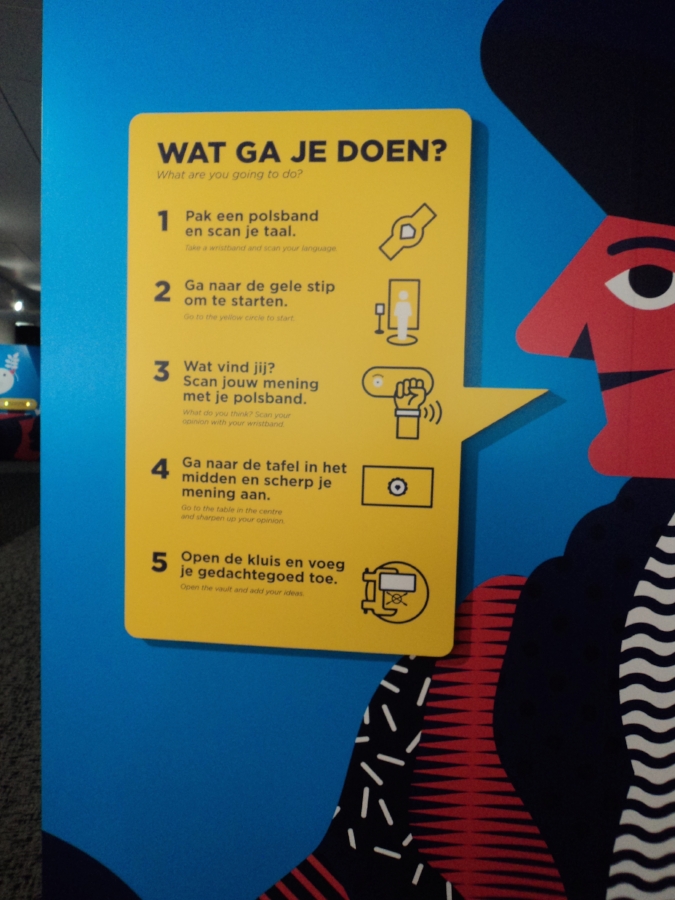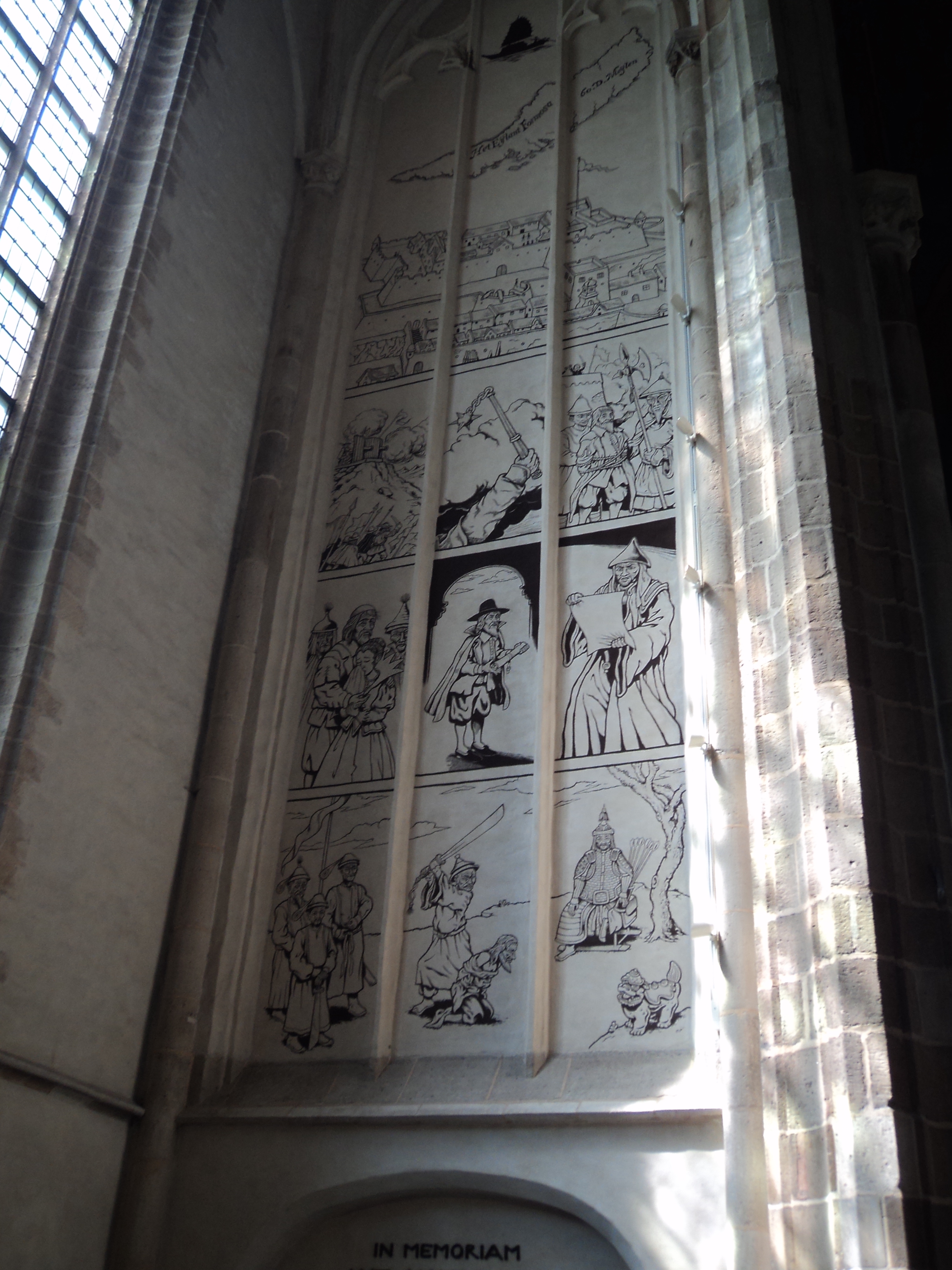I write this as I watch a World Cup match between Poland vs. Senegal. I’m rooting for Senegal, a Francophone African country whose literature and art I have been fortunate to study. When I majored in French in college, it seemed like a logical continuation of the French classes I took in high school, and I believed, perhaps, that it would be all Paris all the time. Luckily, I had a number of French professors, even ones who taught the “all Paris all the time” classes, who actively refuted that idea.
At my undergraduate university, most of the French professors regularly taught and even published on literature from French-speaking countries far beyond France. In one class alone, I remember reading novels published by authors from France, Canada, Senegal, Egypt, and Guadaloupe. In another class, focused on “women in developing countries,” we more broadly explored Francophone and non-Francophone parts of Africa and the Middle East through literature and nonfiction writing. For these professors, it was never a matter of France or the French language being sacred for its Frenchness; they understood how the language connected all of these countries and their disparate cultures together. They taught us that it was worth examining the consequences of French colonialism and how French influence fused with local practices, for better or worse.
When I went to graduate school, I took a course in West African Art. We were assigned a research project, and it was an easy choice for me to look deeper into Senegal for a topic. I quickly found a book about art that depicts Ahmadu Bamba (1853-1927), a mystic and prophet who founded a particular Senegalese sect of Sufi Islam. I looked further and found a painter named Alpha Wallid Diallo (1927-2000) who had trained in the École des Arts in Dakar but chose history painting over the popular modernism of the day. I became fascinated by a series of paintings he did to depict Bamba’s life—they seemed to use the idiom of history painting, which was so familiar to me from studying Jacques-Louis David and other French painters of a century and a half earlier, to craft a meaningful political statement for Senegalese Islam. Senegalese culture in the 1970s and 1980s proved to be a mesmerizing cocktail of post-colonialism, nationalism, and an emphasis on the arts as a means of expression.
I don’t follow soccer regularly, but there’s something about the World Cup that makes me love it even more and differently than an international competition like the Olympics. Dropping in to watch matches incessantly for a month every four years means that I don’t have the context for this sport the way I would for baseball or football in the United States. I don’t always know who led the league in scoring or recently signed a huge contract—except for a few superstar cases, I barely know which league many of these athletes play in during their regular club seasons. The leveling effect of everyone playing for their national team helps me to enjoy the sport. Certainly, there are countries that field national teams full of stars in other leagues, but there are also teams, like Senegal and Egypt, where the stars, who play internationally, return home to do their part in attempting to lift their home country with a World Cup victory and maybe more.
I finish up this post long after Senegal’s win over Poland, writing as Egypt concludes their loss to Russia and almost certain elimination from the tournament. The grief of the Egyptian fans is remarkable, as strong and fierce as the unmitigated joy that Mexican fans felt after their team improbably defeated Germany a few days ago. I first became fascinated by the World Cup when I spent the summer of 2014 in France; I vividly remember being on a tram in Montpellier that passed a bar where people of Algerian descent were watching the Algerian team win and advance out of the group stage. That summer, I was also staying with a Chilean woman who was deeply, deeply engaged by how well the Chilean team was playing. I began watching matches on my own, trying to understand the rules and dynamics of the sport, as well as the different styles and characters of each national team.
What I learned in those Francophone literature classes about cultures very different from my own expanded, at the time, how I thought about cultural identity and the relationship between culture and daily life. As I have traveled more and studied more, my enjoyment of the World Cup has become an almost anthropological act—I find joy in these soccer matches where the fans arrive in their jerseys, carrying national symbols, and singing their particular songs. I love watching the fans as much as the matches, and I especially enjoy when they cut to a watch party in the biggest square or park in the capital city of the home country, where everyone loudly cheers as if they're in the stadium themselves. Americans have very little stake in this tournament, even when we qualify and probably even when we co-host in 2026, so the World Cup is a chance to pick a team that plays enthusiastically for a country whose population hangs their hopes on that team’s success. I’ll be watching, keeping my fingers crossed for Senegal.








